If you love salmon but feel overwhelmed by the variety options out there, look no further! This is your complete guide to understanding the key differences between Alaskan vs. Atlantic salmon. As an advocate for fearlessly nourishing meals, I hope this provides enough information to help you feel more confident in knowing what type of salmon to buy.
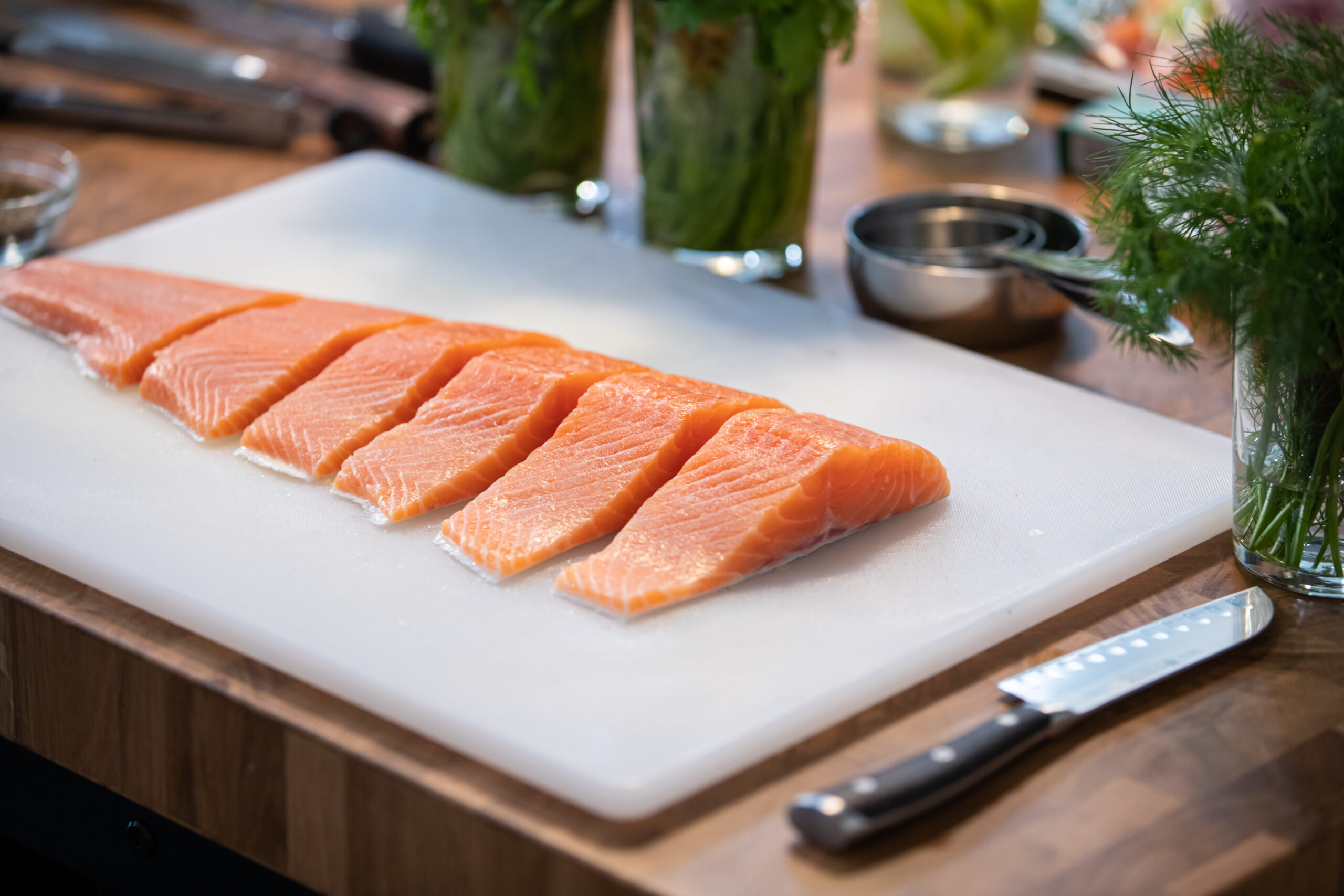
When it comes to cooking and eating salmon, any option can be delicious and nourishing. But there are slight differences in taste, texture, cost, and sustainability that might be important to you. In this guide, I’ll break down everything you need to know.
What I’ll Cover In This Post:
But why include salmon in your diet in the first place? Let’s start with some of the health benefits of eating salmon before we tackle the key differences between salmon species.
Health Benefits of Eating Salmon
Salmon, whether Alaskan vs. Atlantic, seems to enjoy a bit of a “health halo”. Meaning, it’s generally seen as a “healthy” food. And it’s true, there are a number of important nutrients found in salmon that are linked to positive health outcomes. But let me gently remind you that no one food is ever “healthy” for every person or every body. If you can’t or don’t eat salmon, you can still source these nutrients from other foods or through supplements if food sources aren’t sufficient.
Curious about the general benefits of eating more fish and seafood? Check out my Pescatarian Cookbook, which covers the benefits of a pescatarian diet along with more than 90 original recipes!
Key Nutrients In Salmon
As a registered dietitian, I’m always reminding folks that we don’t eat individual nutrients. We eat food! But that doesn’t mean we can’t focus on getting more of the essential nutrients that matter for our individual health goals. Salmon (and seafood in general) can support that since it provides a variety of fatty acids, vitamins, minerals, and more.
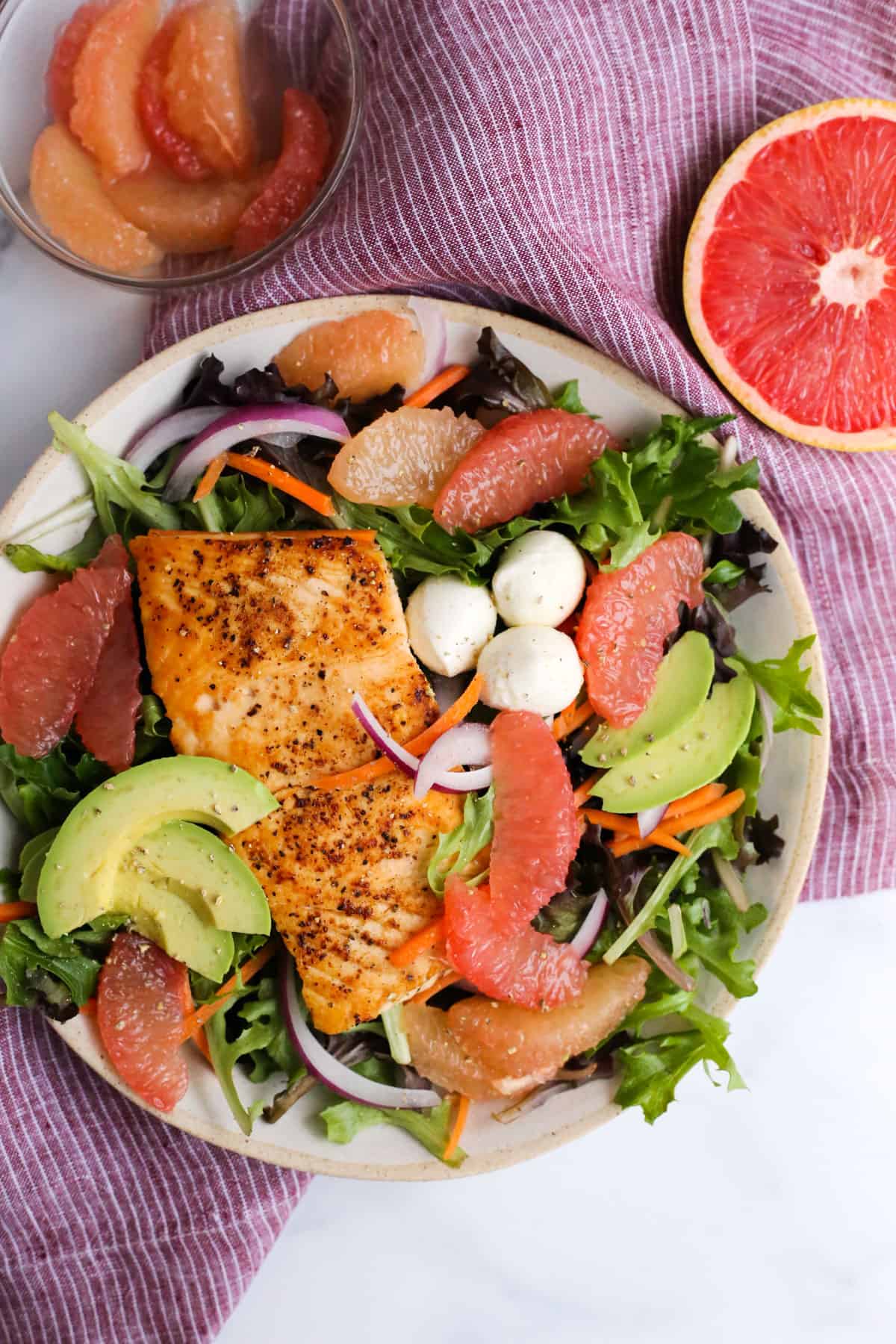
Here’s what you’ll find in each bite of salmon:
- Omega-3 fatty acids: salmon is a good source of polyunsaturated fat and essential fatty acids, called such because our human bodies can’t make it on their own. A 3 oz. cooked portion of salmon provides at least 500-1000 mg of omega-3 fatty acids in the form of eicosapentaenoic acid (EPA) and docosohexaenoic acid (DHA). That’s more than other commonly eaten types of seafood like tuna, cod, shrimp, and lobster
- Protein: that same 3 oz. cooked portion of salmon provides about 20 grams of high-quality protein. Protein plays many functions in the body like building and repairing muscle and other tissues, supporting the immune system, and supplying energy (calories) as a macronutrient
- Vitamin D: Salmon is one of the few food sources of vitamin D, a nutrient that plays a critical role in bone health and immune function. Other foods sources include vitamin D-fortified milk or orange juice, egg yolks, and some types of mushrooms grown under UV light
- Vitamin B12: Salmon is also a good source of vitamin B12, which helps maintain healthy nerve function and red blood cell production. You’ll also get additional B vitamins including vitamin B6, niacin, pantothenic acid, and thiamin (or thiamine)
- Selenium: this is a big one, because it protects against mercury toxicity which might be a concern if you’ve heard about the risks of eating high-mercury fish. The good news is that both Alaskan and Atlantic salmon are low in mercury and eating the recommended amounts would not put you at risk for mercury toxicity. Selenium also supports thyroid function and anti-inflammatory pathways
- Potassium: Salmon is a good source of potassium, a mineral that helps regulate blood pressure. Eating more potassium-rich foods like salmon can support heart health, especially since it may help buffer the effects of sodium in your diet
Salmon and Health
So if we zoom out from the individual nutrients found in salmon, what can eating salmon do for our health? While most of the research doesn’t focus on salmon specifically, there is a lot out there about omega-3s. In fact, omega-3s are one of the most widely researched nutrients. Much of that research focused on heart health, but there are also benefits for bone health, brain health and mood, immune function, and vision or eye health.
According to The Global Organization for EPA and DHA Omega-3s (GOED), you should try to eat at least 500 mg of EPA + DHA per day. Based on the current evidence, this amount may lower your risk of coronary heart disease (CHD). However, there’s potential benefit from consuming more during certain life stages or for other risk factors. For example:
- For pregnant or lactating people: 700 mg/day of EPA + DHA, at least 300 mg of which should be DHA
- For secondary prevention of CHD: 1000 mg/day EPA + DHA
- For managing heart health risk factors like high blood pressure or high triglycerides: more than 1000 mg (1g)/day EPA + DHA
In practical terms, that means you should aim to eat a 3-4 oz serving of salmon at least twice a week. You can also include other fish with high levels of omega-3 fatty acids. The American Heart Association supports that, and if you’re willing and able to eat more, even better! Seafood is generally well tolerated for people who don’t have an allergy to fish or seafood, so you can certainly have more than just two servings each week if you want to.
You can also get EPA and DHA through supplements. This is a good option if you don’t eat salmon or other sources of omega-3 fats often or don’t like the taste or texture. It can also be hard to get enough if you follow a vegan or vegetarian diet, or avoid seafood due to an allergy. This guide focuses on salmon, so if you’re curious about supplements, check out this list of other sources of omega-3s from GOED to learn more.
With so many options out there, it can be confusing to figure out which type of salmon to buy and what’s the best choice for you. Let’s start with identifying some of the species of salmon you’re most likely to see when you’re shopping or eating out.
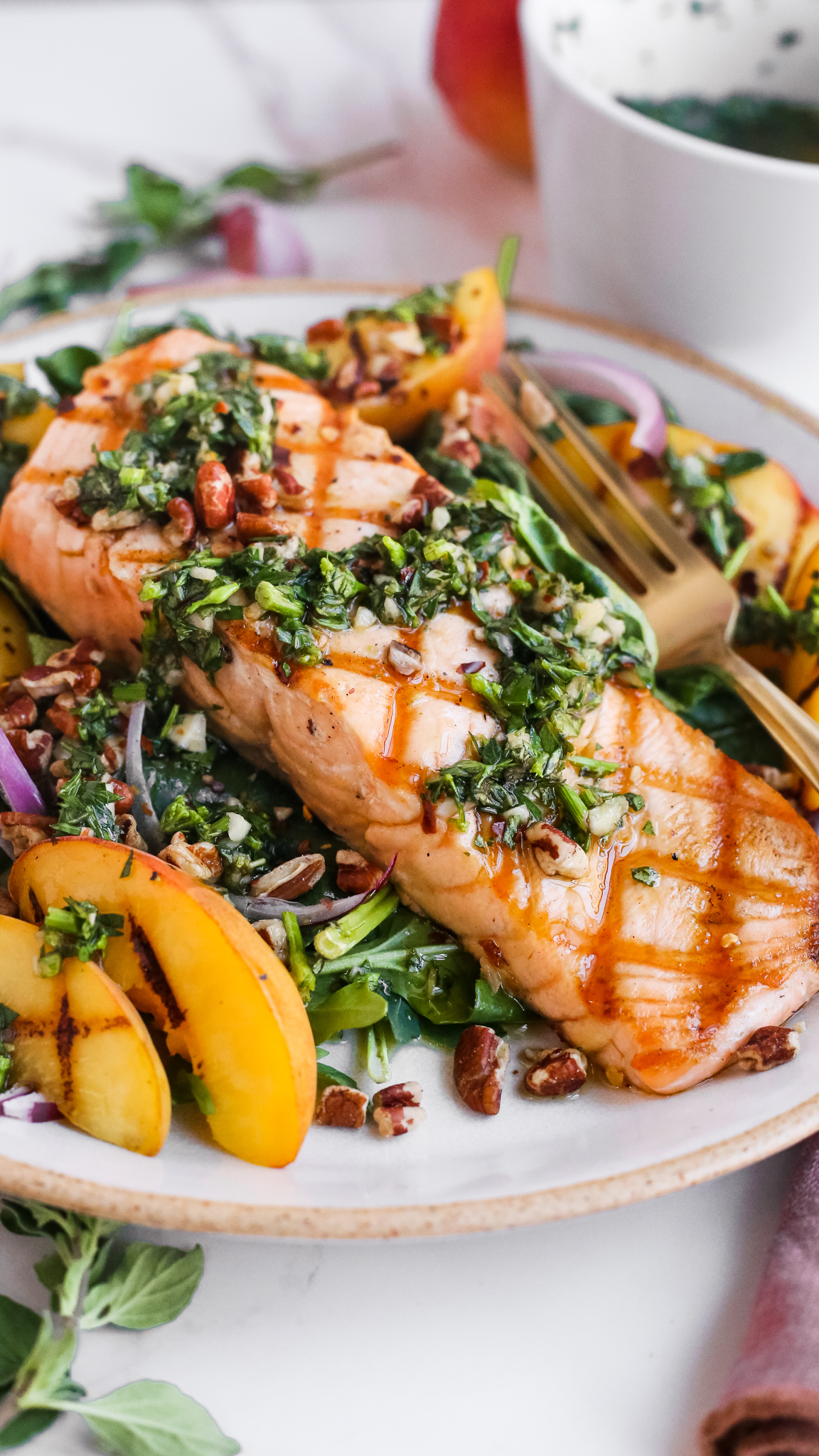
Guide to Salmon Species
You’ll find these common species of salmon in your grocery store and on menus when you’re eating out. After this, you’ll be much more familiar with the different types of salmon.
Pacific and Alaskan Salmon Species
When it comes to Pacific salmon on the west coast, you might first think of Alaskan salmon. And that makes sense, since Alaska produces more seafood than any other state in America. There’s over 6,000 miles of Alaskan coastline. But the natural habitat for salmon extends down the West Coast through British Columbia, Canada and the Pacific Northwest. You’ll even find salmon as far south as northern California.
Salmon fishing is highly regulated in Alaska, with considerable efforts to protect salmon populations. That’s why you’ll also find these species in a variety of hatcheries and fisheries in addition to their natural environment.
There are six different species of salmon, five of which are found in Alaska and on the Pacific coast:
- King Salmon (also called Chinook Salmon)
- Sockeye Salmon
- Coho Salmon
- Pink Salmon
- Chum Salmon (also called Keta Salmon)
According to the Alaska Department of Fish and Game, the identifying characteristics for these types of Pacific salmon are more obvious when they reach the spawning phase of adulthood. The wild salmon swim from the open ocean into fresh water to lay and fertilize eggs. This journey may start in late spring but take months for the wild fish to return to their natal river or freshwater streams.
Here’s a fun fact about salmon: they have a remarkable sense of smell, which guides them hundreds or thousands of miles back to the exact place where they spawned.
Atlantic Salmon Species
While there are multiple species of salmon from the same genus in the Pacific Ocean, you’ll find just one species in the Atlantic Ocean. It’s aptly named Atlantic salmon (kind of a no-brainer there).
The natural habitat for wild Atlantic salmon extends from Maine across the North Atlantic Ocean to Iceland, Greenland, Northern Europe, and Russia. Atlantic salmon are a protected species in the United States, so any commercially available Atlantic salmon is cultivated or farm-raised.
Which brings us to the next question….
What About Farm-Raised Salmon?
I’m so glad you asked! Farm-raised salmon is getting more attention as it becomes more available. Aquaculture, or the cultivation of seafood in controlled environments, accounted for nearly half (49%) of global stock in 2020. That’s an increase from just 18% in 1990, according to a report from the FAO. So salmon farms not going anywhere anytime soon. And as you read above, it’s the only option for Atlantic salmon, whether it’s sourced domestically or imported. But it can be a bit of a contentious subject since farmed fish is not necessarily seen as a “good” option.
All wild-caught salmon is Alaskan or Pacific salmon, while the majority of farm-raised salmon is Atlantic salmon.
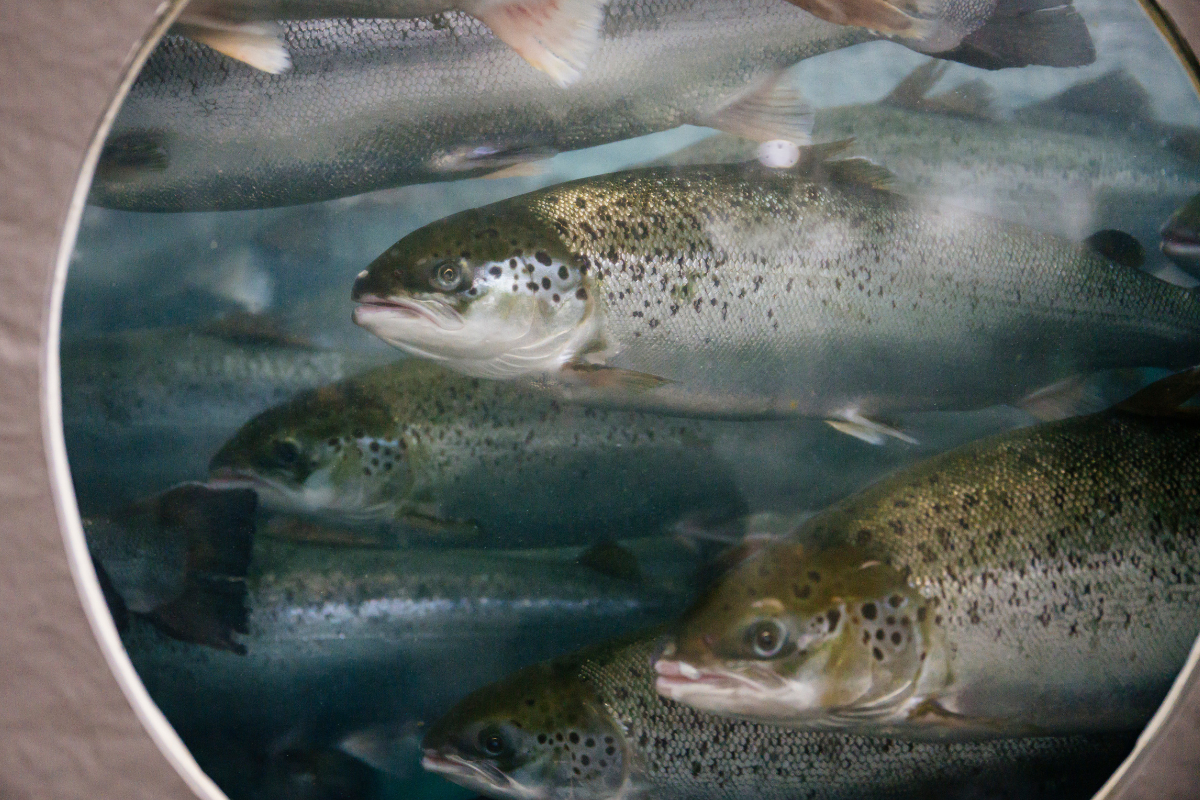
I’ve heard concerns about farm-raised fish ranging from the health of the fish, the quality of their feed, the resources needed for fish meal, the use of antibiotics, pollution, environmental impact, and more. But I had the opportunity to tour Superior Fresh, a large indoor salmon operation in the Midwest. This tour took place several state lines away from the ocean and let us get a first-hand look at what it takes to raise salmon indoors.
Yes, you read that right! It might seem odd to think of fish farms in a land-locked region of the United States, but that’s exactly what’s happening there. Superior Fresh is producing farm-raised salmon with sustainability and quality at the forefront. It was fascinating to learn the similarities and differences between this method of harvesting salmon vs. wild-caught or net pens. And with a tightly controlled environment, these salmon have higher levels of omega-3s and lower levels of disease and sea lice. The waste and water is reused for growing aquaponic greens, which then recirculates the water back to the tanks where the salmon are housed.
While it’s true these salmon do not experience their natural habitat or open waters, they are well-cared for throughout their life and carefully monitored for their health and safety. It’s also true that this single example doesn’t reflect the entire aquaculture industry for farm-raised Atlantic salmon. The majority of salmon you’ll see at the grocery store is farmed in some sense. The bottom line is that eating farm-raised salmon is not a “bad” option and I don’t think it deserves a negative perception any more than other processes used to produce food in America.
It’s not as simple as “good” or “bad” and the aquaculture industry is working to improve on all of the issues mentioned here. I’m not here to tell you what type of salmon to buy, simply to share some facts that might make it easier for you to decide for yourself.
If you want to learn more about this topic, the Washington State Department of Health has a quick read about the primary issues of farm-raised vs. wild caught Alaskan and Atlantic salmon. Find it HERE.
Environmental Concerns of Alaskan vs. Atlantic Salmon
Environmental concerns apply to both Alaskan and Atlantic salmon. A lot of that has to do with whether it’s farmed or wild-caught. Unfortunately, there’s no easy guide or rule-of-thumb to follow for which type of salmon to buy.
It’s often framed as if catching fish in the wild doesn’t come with its own set of issues. Not all salmon species will bite a baited hook or lure. Other fishing methods, like gill nets or purse seine nets, result in bycatch. This harms other species including endangered ones.
And while farm-raised salmon can be monitored for health and growth, wild salmon must survive on their own and battle predators, disease, effects of climate change, and environmental contaminants like micro plastics. There’s also much more variability in the nutrient content of wild salmon compared to farmed.
Habitat destruction is a constant issue, not just for Alaskan salmon. You might wonder if it’s worth looking to global sources to preserve wild stock and protect from habitat loss. And it’s definitely an option because salmon is imported to the United States from Chile, Norway, and the Faroe Islands. But that can bring its own set of environmental concerns for shipping. “Food miles”, or the environmental impact of the distance food is shipped from its place of production, vary. Air or truck transport have higher impact than freight or cargo ship.
Ultimately, there’s no one “best” option. It’s just about finding the better option based on what’s most important to you. Check out the resources from NOAA Fisheries to learn much more about each species. You can also find guidance for more sustainable choices overall.
Comparing Flavor
Now that we’ve covered most of the differences, let’s talk about an important one: how does it taste?
If you tasted them side by side, I’m confident you’d notice a difference between Alaskan vs. Atlantic salmon. There’s also differences between the species of Alaskan or Pacific salmon. However, on their own, you might think, “Hmm, this just tastes like salmon.”
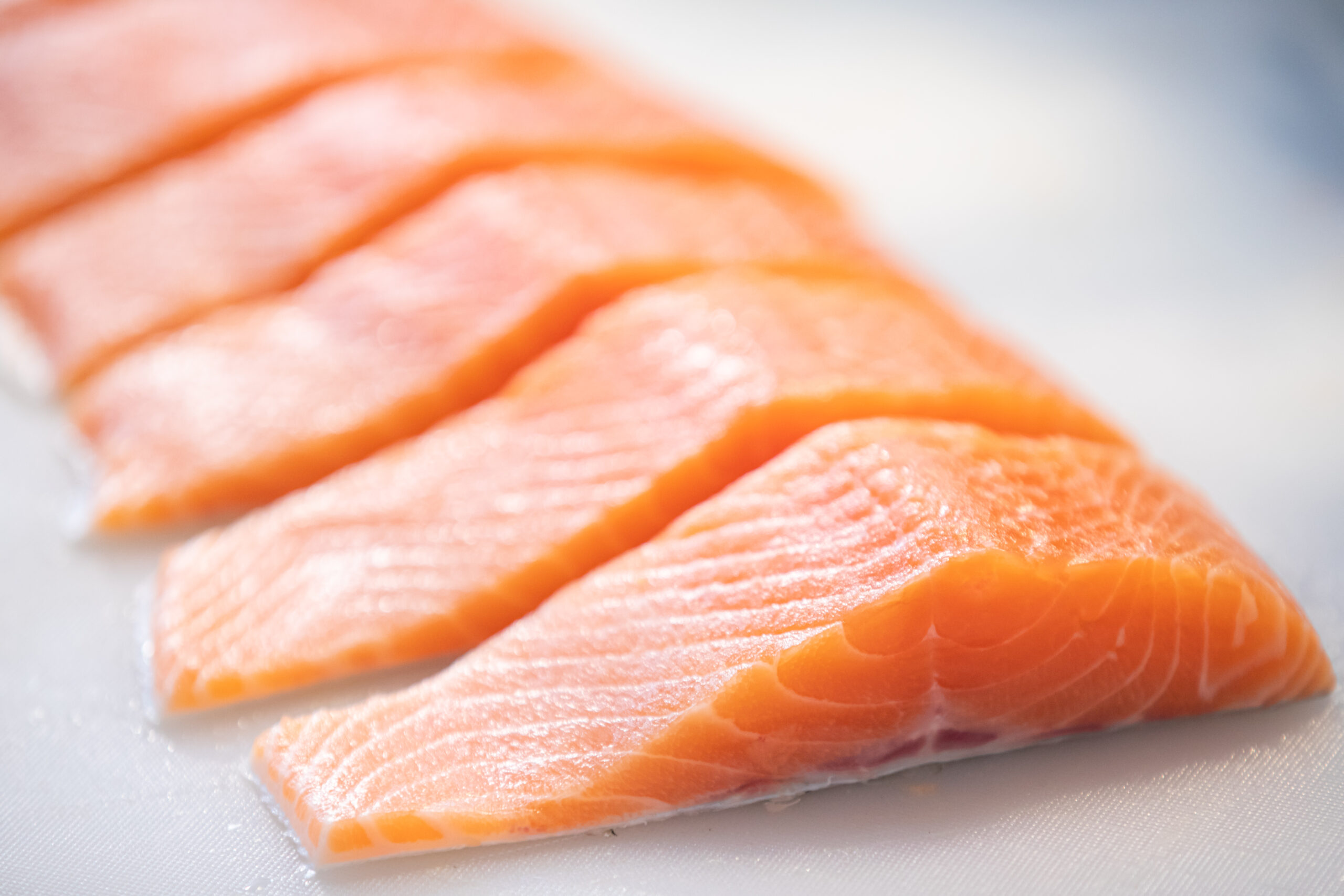
Here are the biggest differences:
- Farm-raised Atlantic salmon will have a more mild flavor, while Alaskan species like wild sockeye salmon will have a rich, complex flavor. It shouldn’t taste or smell overly fishy, though, and if it does it may be a freshness issue
- Wild-caught salmon species may also have a lower fat content, which means they have a denser or more flaky texture. It’s also easier to overcook. Most recipes assume the default of farmed Atlantic salmon that is higher in fat and may cook more slowly
- Atlantic salmon will have a more pale, pink color while Alaskan salmon appears darker, almost red at times. This doesn’t impact flavor, but rather comes from astaxanthin in the diet of farmed salmon and shrimp or krill in the diet of wild salmon
These flavor differences will be most noticeable in a plain, unseasoned cooked salmon fillet. So personally, I use Atlantic salmon for recipes like my Furikake Salmon. Then use wild-caught sockeye salmon for fresh fillets on the grill.
Unless you’re a foodie or super taster, this might not be the most important consideration. This is especially true if you plan to use it in a recipe. But I think it’s important to have choices whenever you go grocery shopping. So if this matters to you, let this guide your choice.
Comparing Cost
Finally, you’re probably thinking about price. After all, seafood can feel like a splurge compared to other foods. There are certainly differences in cost between salmon species. More premium cuts like salmon belly or species like King salmon going for several dollars or more per pound higher than other species. But in my experience the main difference in cost comes down to fresh vs. frozen. This goes for both Alaskan and Atlantic salmon.
Fresh vs. Frozen Salmon Cost Considerations
If you live near the coasts, it’s much easier to source truly “fresh off the boat” seafood of any variety. However, a lot of people (including me) live in a land-locked state far from the coasts. Frozen is often a more economical and reliable way to enjoy seafood. Frozen is usually going to be several dollars per pound less than fresh. There are a few reasons why:
- Fresh fish needs overnight shipping, with cold storage, to reach markets located far from where the fish was caught
- Handling and storing frozen fish is easier. You can accumulate a back stock of frozen fish (something you really can’t do with fresh fish unless there’s high enough demand)
- Frozen fish is always in season. Fresh wild-caught salmon is typically most available during June-August, while frozen salmon can be stored for many months to be available as needed
Try not to think of “fresh” as being inherently better than “frozen”. Similar to how wild-caught is not inherently better than farm-raised salmon. Fresh salmon must be cooked within 2-3 days, which can work for some folks some of the time. But it may have been frozen, then thawed, before being sold as “fresh”. A more realistic timeline is about two weeks. Meanwhile, frozen fish are processed and flash frozen. This is done either on the boat or in a production facility at the dock or farm. Usually this happens within hours, so the quality can be just as good or better than fresh.
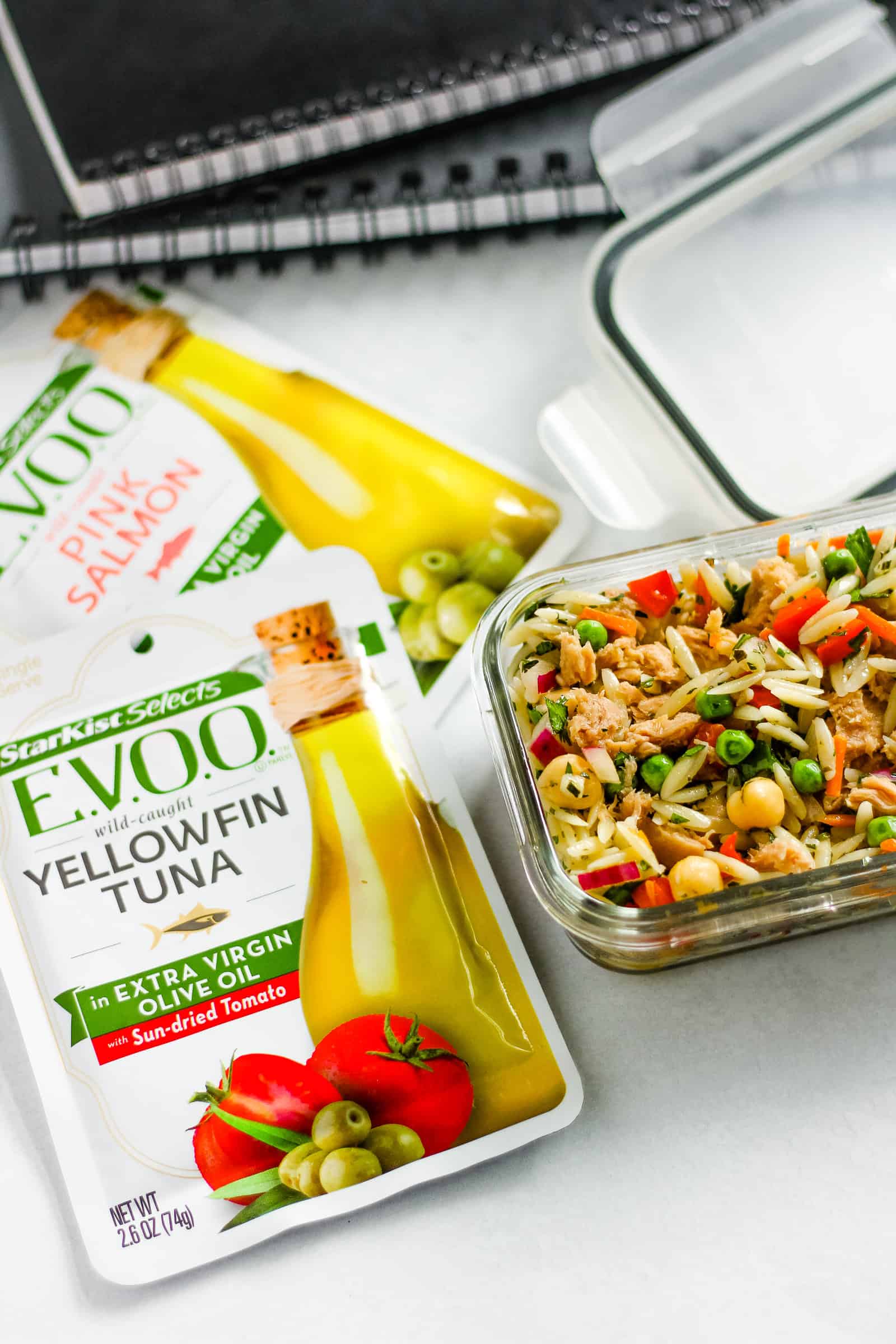
The cost of Alaska vs. Atlantic salmon can also depend on your geographic location, fishing method (for wild-caught), or organic certification (for European brands of Atlantic salmon). Note that there is no current established standard for organic certification for fish in the United States, according to the U.S. Department of Agriculture (USDA).
So, let’s go back to the original question: how do you know what type of salmon to buy? What’s the best salmon for you? Even with all this information comparing Alaskan vs. Atlantic salmon, it can still feel like a daunting decision.
Here’s how I approach it as a dietitian:
- Consider your budget. You don’t have to splurge on the most expensive salmon to get the benefit.
- Think about how you’ll use it. Are you going to grill or bake whole salmon fillets? Buying fresh or frozen might be ideal. But for salmon burgers, salmon dip, or topping salads, you might be fine with canned or pouched options that are more shelf-stable and affordable.
- Factor in your taste preferences. If you’re a seafood lover like me, all salmon is good salmon. But if you want a milder flavor or certain texture, seek out the particular species that’s most palatable to you.
- Line it up with your lifestyle. You don’t have to go full pescatarian if you like to eat poultry or meat. And you don’t have to add salmon if you’re mostly plant-based or vegan. Just 1-2 servings per weeks provides benefit, and if you don’t want to include salmon at all, there are other ways to source the nutrients found in salmon.
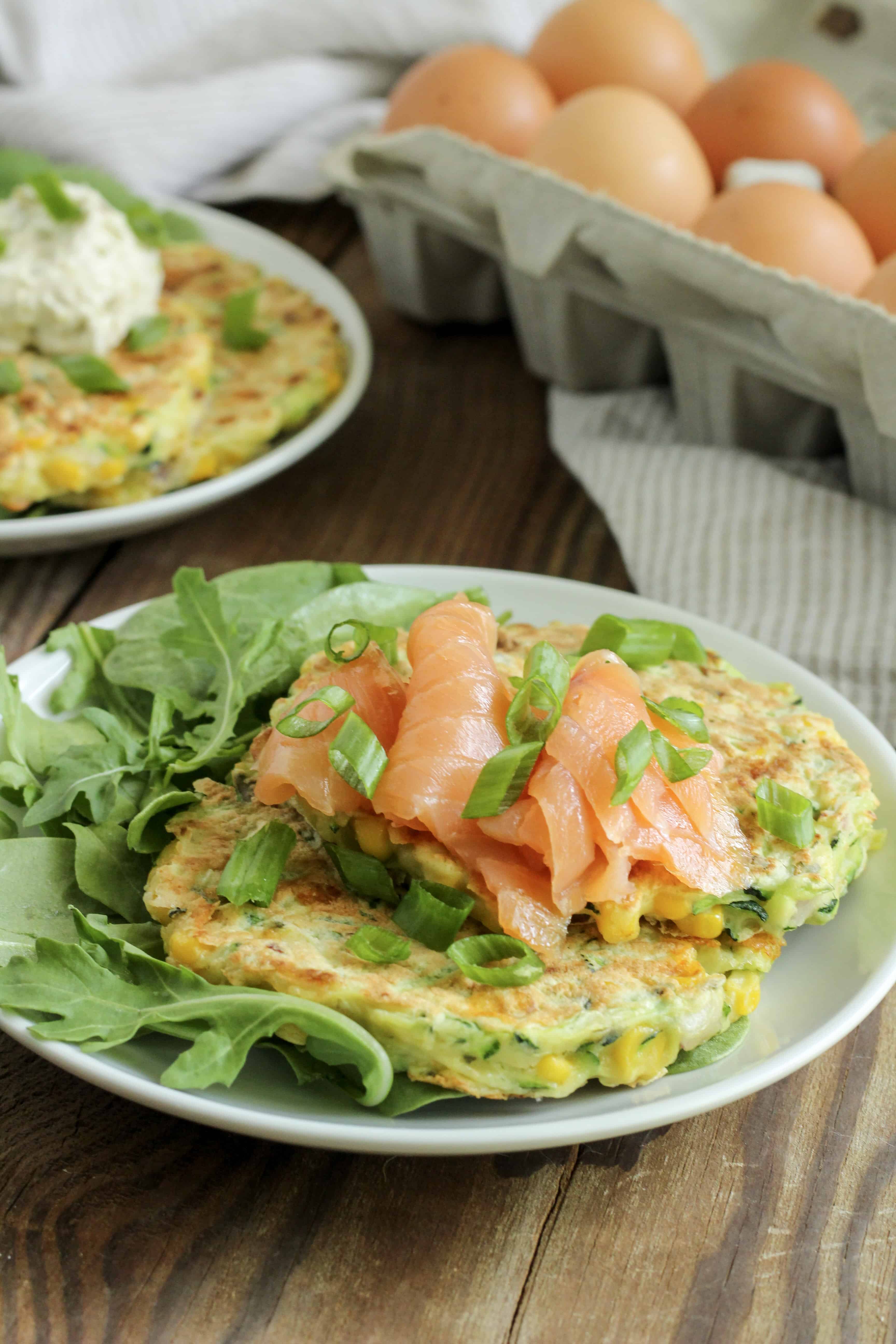
At the end of the day, you can trust that all types of salmon, including farmed salmon, can offer important benefits for flavor and health. They are safe to consume and any variety can be an option to help you eat the recommended amount of seafood each week. From my perspective, you can’t go wrong with any choice that fits your budget and leaves you feeling good about what ends up on your plate.
And speaking of that, here are some delicious recipe suggestions I think you’ll enjoy:
- Simple Grapefruit Salad with Salmon
- Salmon with Grilled Peaches and Chimichurri
- Pomegranate Glazed Salmon with Roasted Veggies
- Salmon Salad (from fresh cooked or canned) for lunch meal prep
- Furikake Salmon
- Walnut Crusted Salmon
So there you have it, the ultimate guide to Alaskan vs. Atlantic salmon! This might be more than you ever cared to know, but knowledge is power when it comes to fearlessly nourishing meals!
Thanks for reading and be sure to follow along with my newsletter, social media, and YouTube channel for more gentle nutrition advice, recipes, and more!


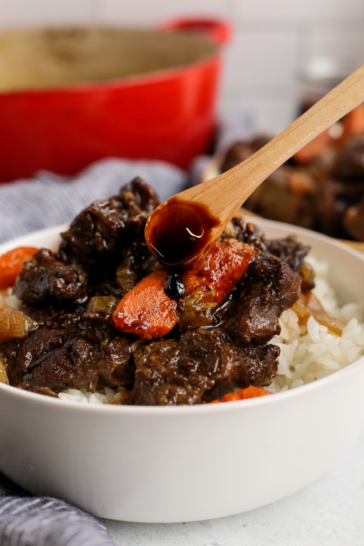
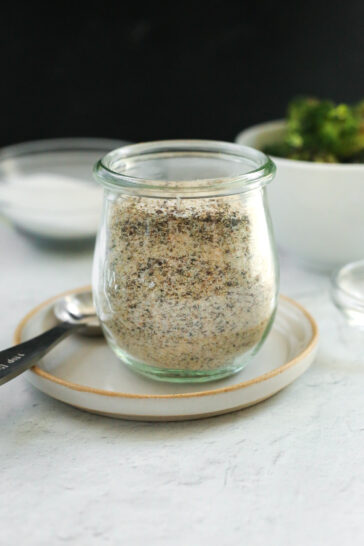
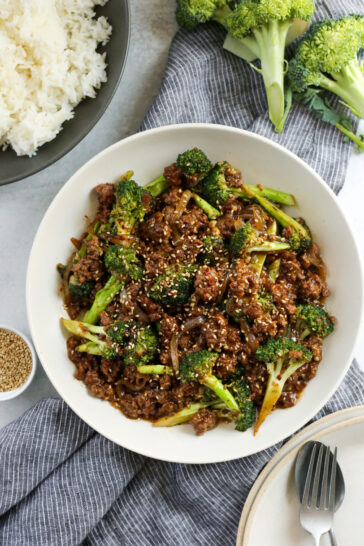
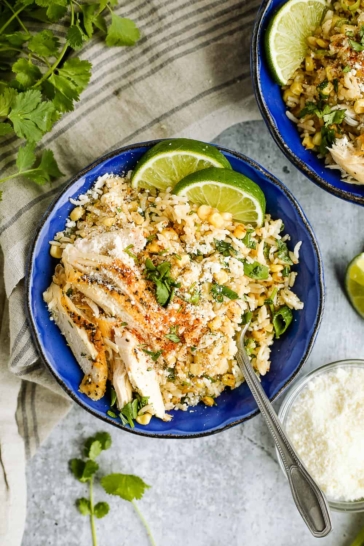
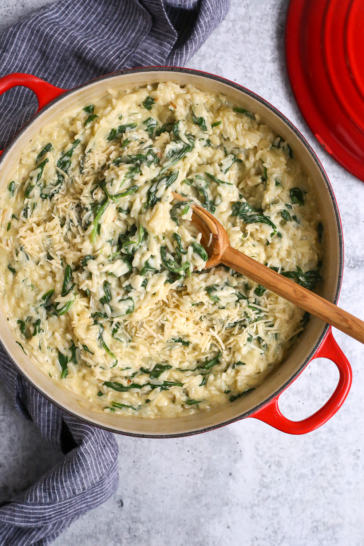







Questions & Reviews
I’m amazed @ how much knowledge I’ve gained from this article! I thought I knew about salmon but you just schooled my wife and I… Appreciate the honest, relatable, and thorough sharing I’ve read in quite some time !! Thanks & Grateful for Knowledge!
Thank you, Robert, I appreciate you taking the time to let me know! It’s always my goal to share something of value and I’m thrilled to hear you found this post helpful.